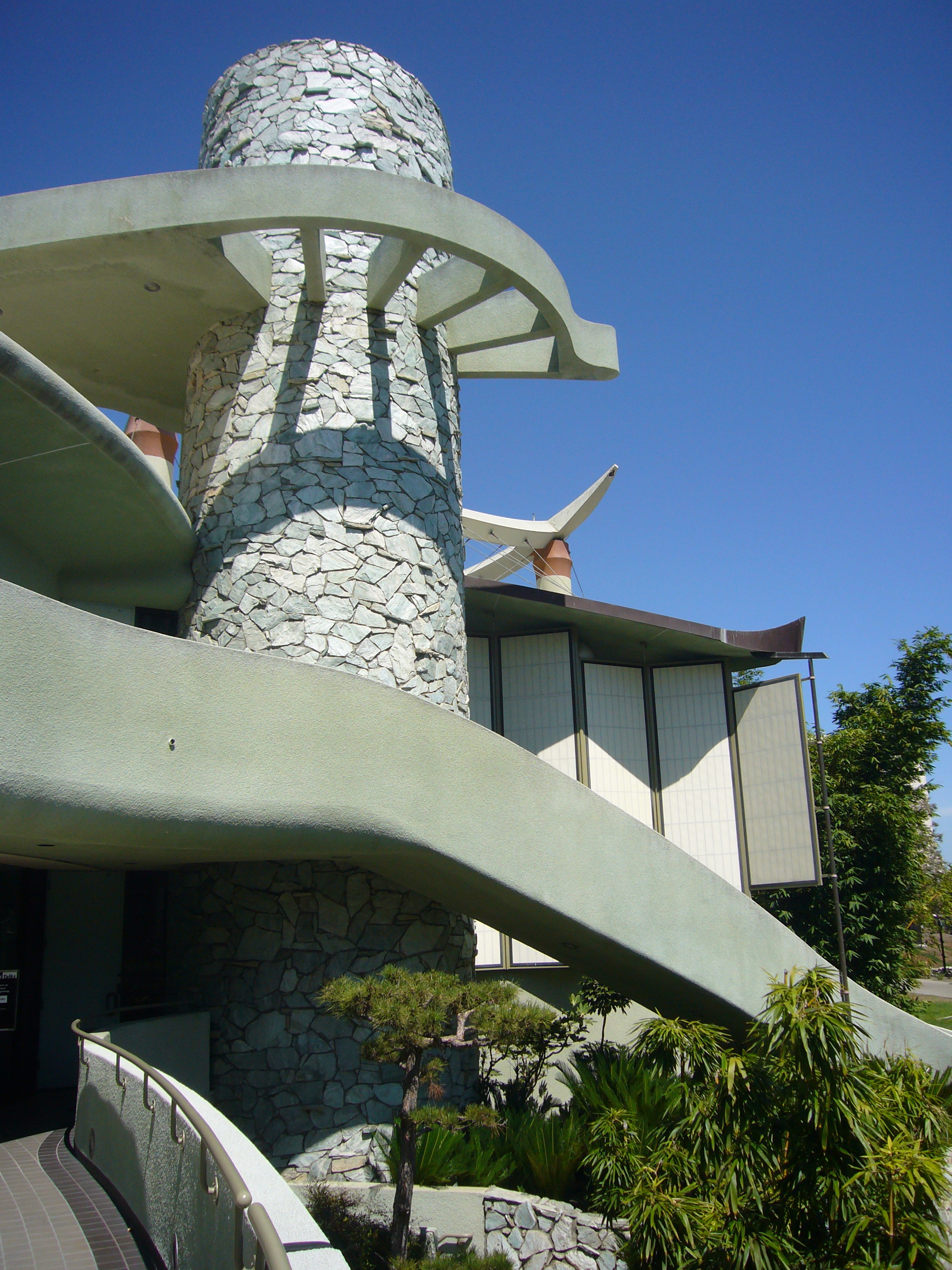- Pavilion for Japanese Art
Infobox building
building_name = Pavilion for Japanese Art
native_building_name=

caption = "Pavilion for Japanese Art" at the Los Angeles County Museum of Art
former_names =
building_type = Art Museum
architectural_style =Expressionism ,New Modernism
structural_system =
location =Los Angeles, CA
owner =
current_tenants =
landlord =
coordinates =
start_date = 1978
completion_date = 1988
demolition_date =
height =
diameter =
other_dimensions =
floor_count =
floor_area =
main_contractor =
architect = Bruce Goff (completed by Bart Prince after Goff's death)
structural_engineer =
services_engineer =
civil_engineer =
other_designers =
quantity_surveyor =
awards =The Pavilion for Japanese Art is a part of the
Los Angeles County Museum of Art containing the museum's collection of Japanese works that date from approximately 3000 B.C. through the 20th century. The building itself was designed by renowned architectBruce Goff .van Roessel, Annemarie and Christa Aube. "The Bruce Goff Archive in the Department of Architecture, The Art Institute of Chicago." "The Newsletter of the National Historical Publications and Records Commission" Volume 30:2, June 2002 [http://www.archives.gov/nhprc/annotation/june-2002/bruce-goff-archive.html?template=print] ]Collections
Archaeological artifacts, Buddhist and
Shinto sculpture, ceramics, lacquer ware, textiles,cloisonné , and armor are on display on the second level of the Pavilion's West Wing. The Helen and Felix Juda Gallery, also on the second level, is primarily reserved for Japanese prints displayed in rotating exhibits. The museum's collection includes traditional woodblock prints from theEdo period (1615-1868), as well as a large number of prints from theMeiji period (1868-1912),Taishō period (1912-1926), and theShōwa period (1926-1989). Print exhibitions change every three months and are based on periods, themes, or styles.cite web | last = | first = | authorlink = Los Angeles County Museum of Art | title = Japanese Art | work = Los Angeles County Museum of Art website | publisher = Los Angeles County Museum of Art | date = 2007 | url = http://www.lacma.org/japaneseart/japan.htm | accessdate = 2007-09-20]The exhibition space in the Pavilion's East Wing displays a rotating selection of screens and hanging scrolls from the Edo period, including works from the
Rimpa ,ukiyo-e , and Maruyama-Shijo schools as well as spontaneous creations made byZen monk s. Works of art are exhibited on six levels within the East Wing.The plaza level contains the Raymond and Frances Bushell Netsuke Gallery, which holds an encyclopedic array of 827 works from the 17th through the 20th century. This gallery provides visitors with a 360-degree view of the miniature sculptures known as
netsuke . In traditional Japan, netsuke were used as toggles andcounterweight s for suspendingtobacco pouches andinro from the sash of men'skimono s.Architecture
The building was designed by Bruce Goff. The building is notable for its
translucent fiberglass panels, which allow paintings to be lit safely and naturally by soft sunlight. The effect approximates the original viewing conditions for these paintings and allowsgold leaf to reflect, creating dimensional levels within works of art not visible under artificial lighting. Japanese screens can be viewed at a distance, while scrolls can be viewed closer in alcove-like settings that suggest thetokonoma viewing area in a Japanese home.Photo gallery
References
Wikimedia Foundation. 2010.
